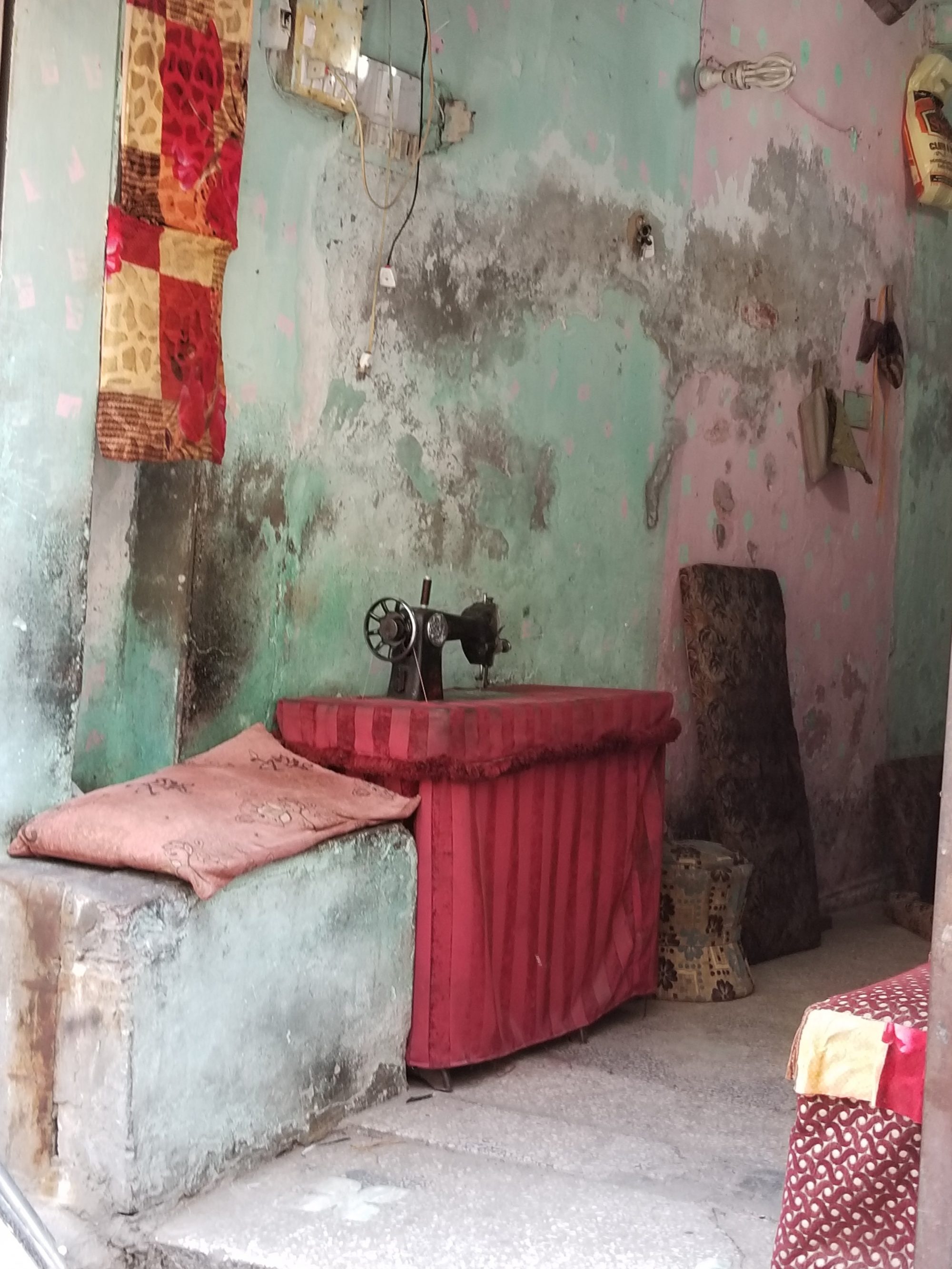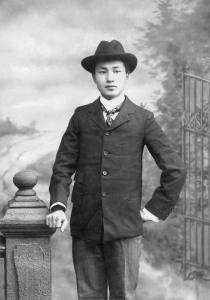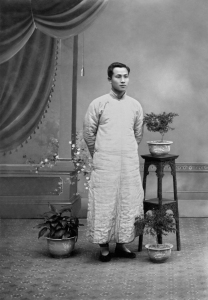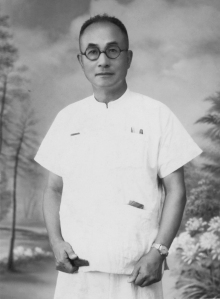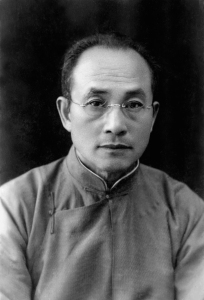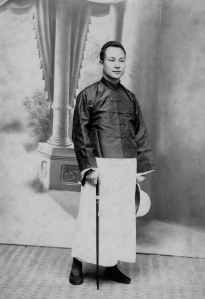In 2007, Chinese photography collector Tong Bingxue received a phone call from a man seeking an appraisal for a recently purchased book of photo portraits. As Tong recounts in A Life in Portraits, a quick examination of the book revealed a startlingly unique, unified subject: one man’s yearly portrait, taken faithfully and consecutively from 1907 until his death in 1968. Tong purchased the album and set about researching its subject.
Tong’s inquiries revealed that the man in the pictures was Ye Jinglu, born on October 6, 1881, in the city of Fuzhou. With the exception of some travel to London as a young man, Ye spent the majority of his life in Fuzhou, working as a shop manager and businessman. In 1907, at the age of 27 and newly married, he began his habit of taking an annual portrait.
Each photo is both a snapshot of the maturation of one man and an indicator of the rapid political changes occurring in China, making for a series with a remarkable tension. The first portrait, from 1907, marks the final years of the Qing Dynasty (1644–1912). Ye wears an outfit typical for men of that time. Five years later, in 1912, his hair is short — he no longer wears a braided pigtail, a change perhaps indicative of the fall of the Qing Dynasty and the 1912 beginning of the Republic of China under president Sun-Yat Sen. Tong speculates that Ye’s 1949 portrait also offers a political reference: he appears seated, reading the newspaper in a style that alludes to a revolutionary photo of Mao reading the paper. By Ye’s 1950 portrait he has donned a “Lenin cap,” a style popularized by its namesake.
“To watch a person change over time can trick us into thinking we share an intimacy,” wrote Susan Minot in the New York Times Magazine about photographer Nicholas Nixon’s yearly, serialized portrait series The Brown Sisters. Looking at Ye’s pictures offers viewers the same moving, if illusionary, experience — the sense that we’ve witnessed a life passing by, as well as, in this case, the life of a country.
